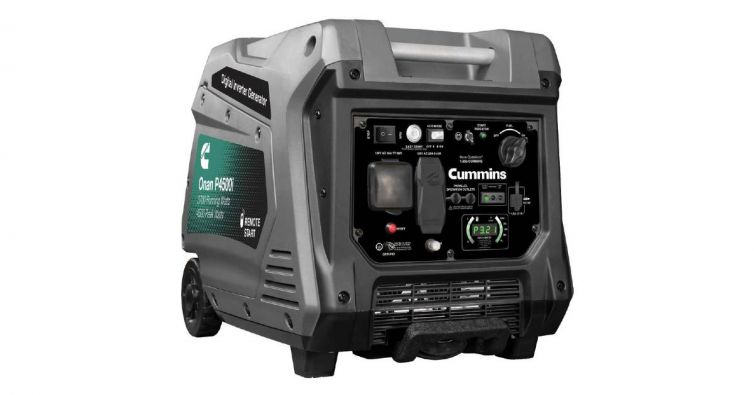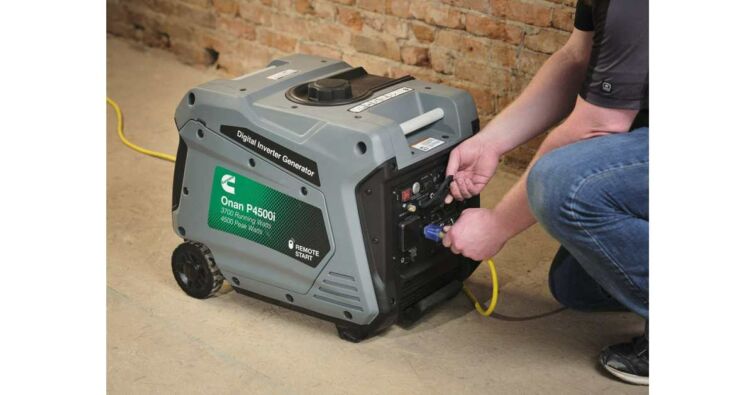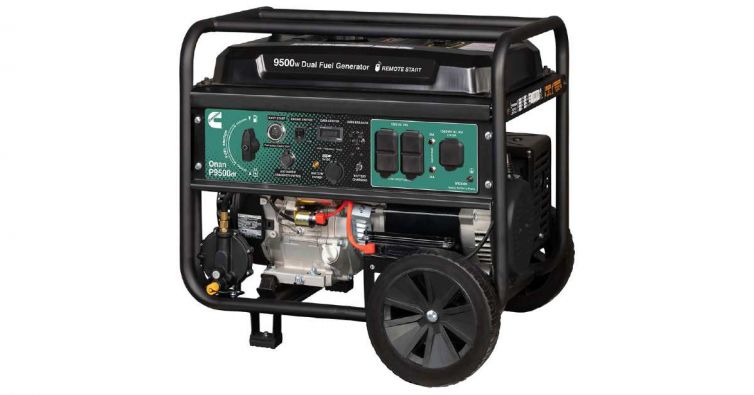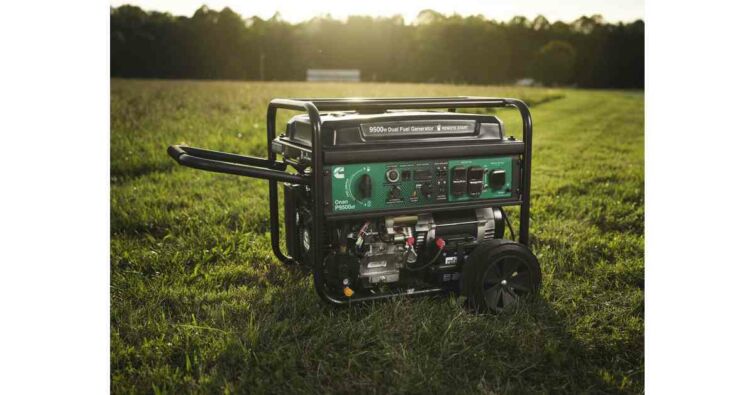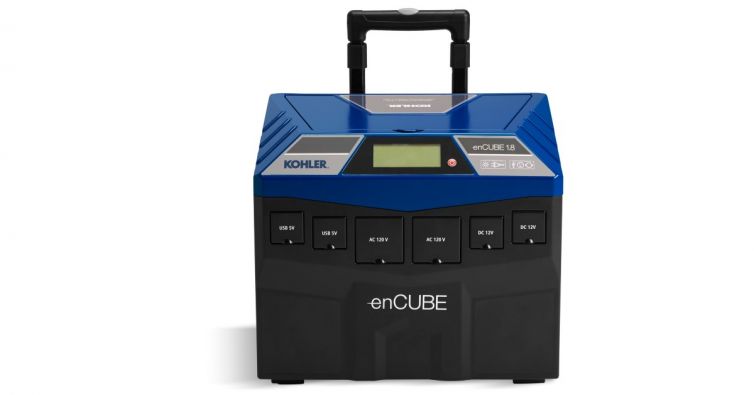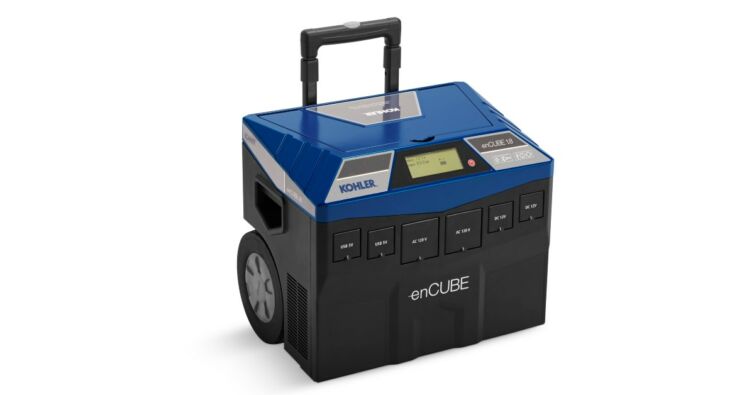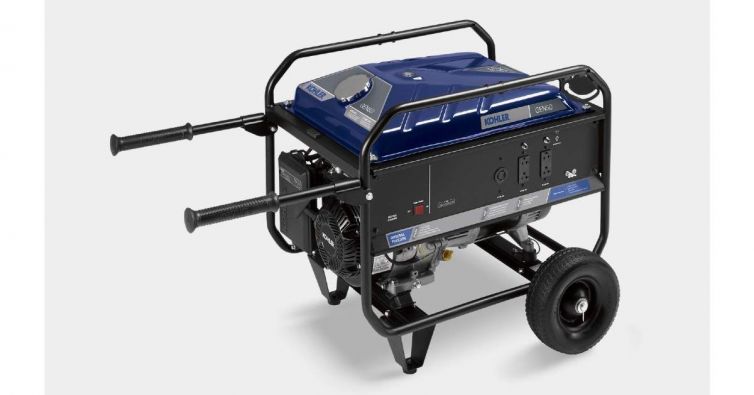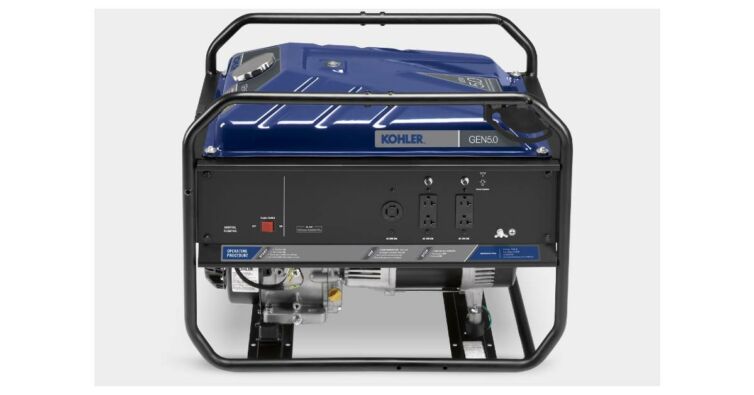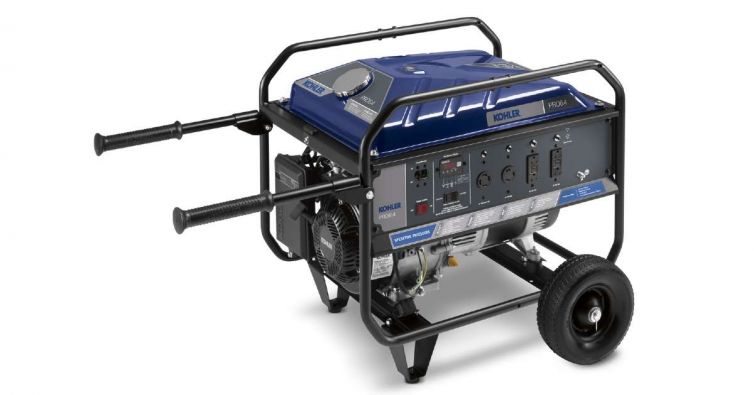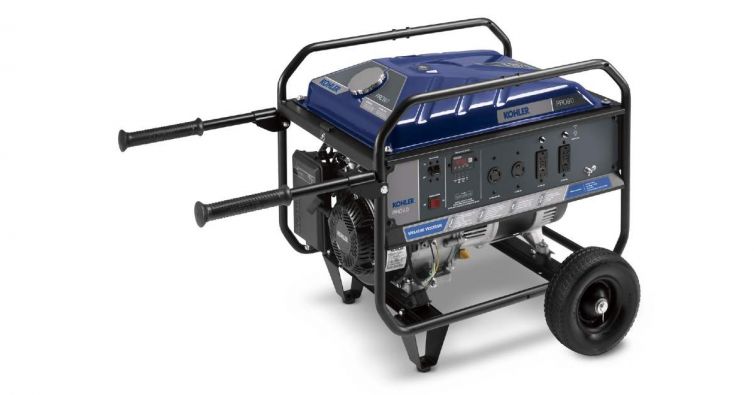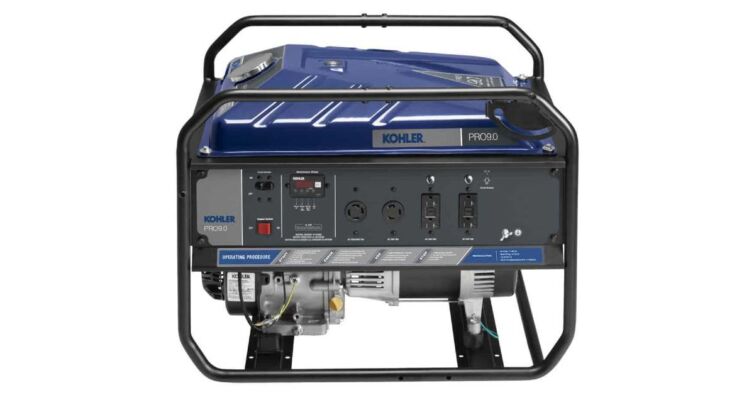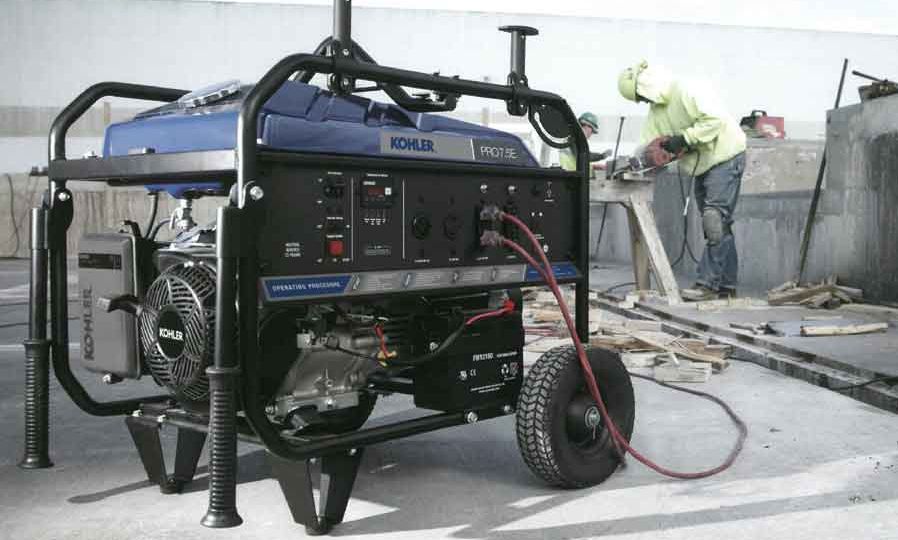
We have decided to make a terrace in that part of our garden that we need to take advantage of. The view from there is spectacular, and we always say that this is a space where that new terrace would look very welcoming. But, to start up our project by activating the tools we require to materialize it, we need an electrical outlet… A portable generator its the solution!
We will weld some beams, but we need an electricity outlet nearby. A portable generator supplies us with adequate power to connect and operate not only the welding equipment but all those required to carry out construction, a remodelling in areas located at a certain distance or far from any power source.
Let’s go camping for a weekend in our RV. We bring our portable generator to be able to enjoy our camping days to the fullest. And we will not worry about a electrical power supply in our RV, since all the equipment that we must keep running, such as our appliances, telephones, computers and TV, and lighting will not be affected.
Likewise, when the company that supplies electricity to our homes suspends the service for several days or indefinitely, either due to lack of maintenance, over-demand or a climatic phenomenon, the latter so common at this time, the portable generator allows us to activate the devices that are essential to us to face this or another contingency of this type, thus avoiding deterioration or losses that we could certainly regret.
It is enough to purchase just one of these generators, to solve all these and other situations that may arise in the short or medium term. Here lies the versatility and maximization of this investment.
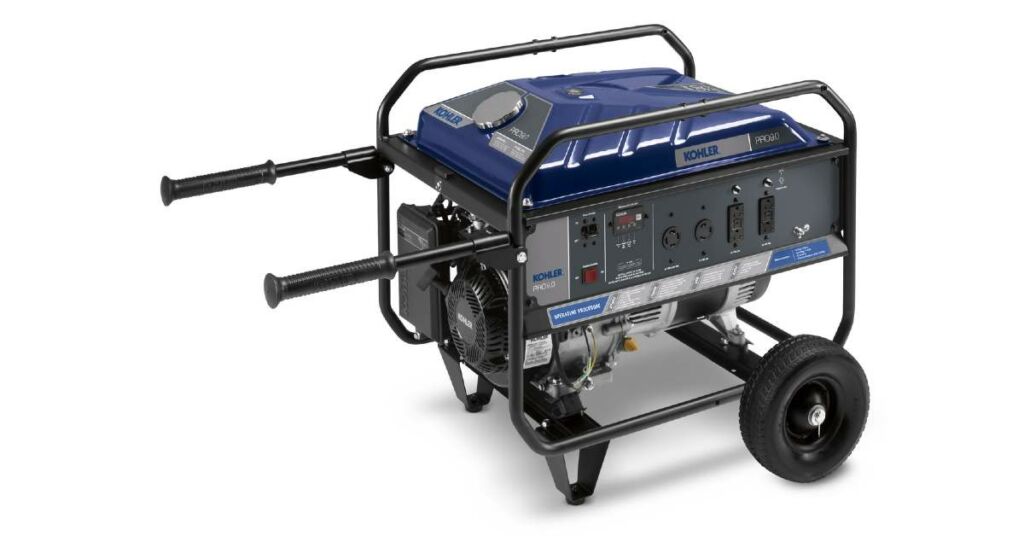
These devices are an effective temporary power source. They are fixed to a metallic structure, and since they are light and usually have wheels at their base, we can easily transport them. This makes them very popular, and yet, we need take into account before buy it several considerations, such as the frequency with which we are going to use it, the power and the type and storage capacity of the appropriate fuel (depending on the model we are going to acquire), and the time or number of hours that our generator can work effectively.
Another feature that sets the portable generator apart from other generators is that they are turned on mechanically. Unlike the standby generator, these portable devices do not turn on automatically during a power outage. The ignition is manual.
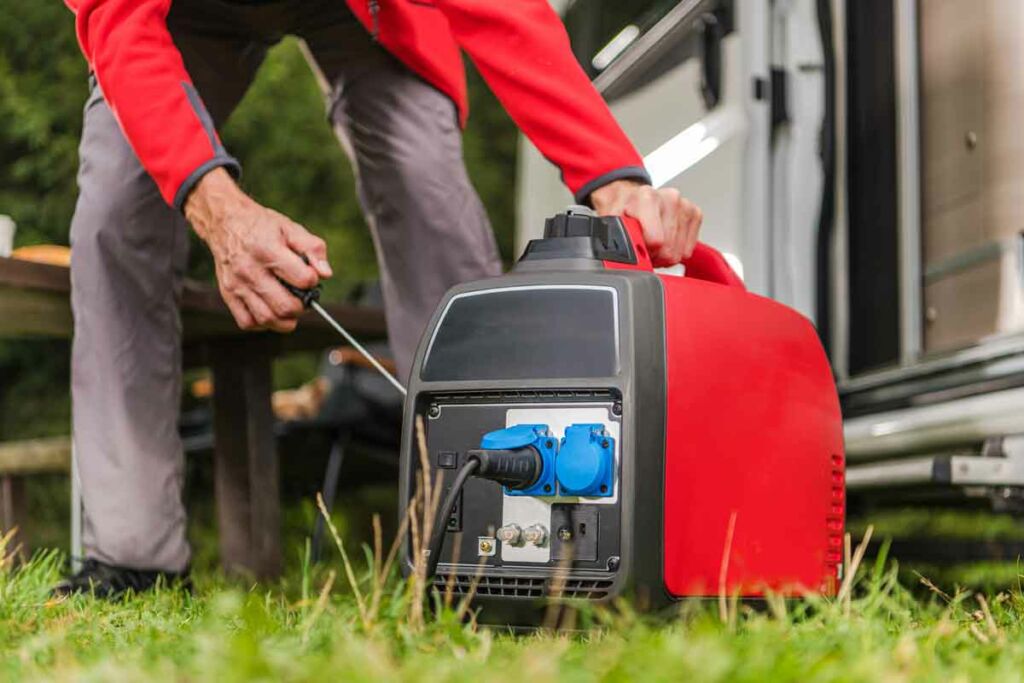
Power range of portable generators
To be easily transportable, portable generators are light in design and construction, resulting in low power production. Usually, we can see into the market portable generators with a range from 4 Kw up to 9 KW, and considering solar generators equally mobile, this range can extend from 1.4 KW.
two power ratings
All portable generators have two power ratings. Continuous power (also known as running watts) and peak power (known as starting watts). Continuous power is the power that the generator can produce continuously while running with a given load once the power cycle of the devices we connect to our generator has stabilized.
Peak starting power is what the generator can produce for a short time to help start motorized power tools such as drills, circular saws, inflation pumps, nail guns, refrigerators, air conditioners, etc.
Load connection
With a direct connection or through electrical extensions, we can use our portable generator to power lighting, household appliances and electronics that we need to have activated during any electrical failure.
We must take care at all times that the power consumption of the number of connected devices is, at most, the continuous power that our portable generator can provide.
Another very interesting way to easily and quickly connect our portable device when the main power supply is suspended is using a manual transfer switch that we will connect to the internal network of our home or office and to our portable generator.
Another essential point to consider is to be aware of the maximum load capacity of our portable generator. This information is detailed in the manufacturer’s specifications, and we must stay within these values. This is why we must know that in this type of connection, it is not advisable to turn on appliances concurrently whose combined consumption does not exceed more than 60% of the rated capacity of our generator.
What kind of fuel do portable generators use?
Today there are several models of portable devices, which implies that they require different fuel types.
Solar-Powered Portable Generators: They generally tend to be of lower power.
Portable generators that run on propane: Not very common and, therefore, more expensive, but this fuel can be stored for a longer time than the rest.
Those that run on diesel: Less flammable. It can supply electric power longer and continuously. However, these generators are usually more expensive. Still, their value outweighs the utility and benefits we receive by having one at home or in the space where it is needed.
Gasoline-powered portable devices: Gasoline is a product we have more readily at hand, and portable generators that require this fuel will be more compact. They will be able to work between 4 and 6 continuous hours.
SKU: A058U955
SKU: A058U967
SKU: PA-GEN50-2003
SKU: PA-GEN50-3102
SKU: PA-PRO64-3102
SKU: PA-PRO64-2002
SKU: PA-PRO64E-3002
SKU: PA-PRO64E-2002
SKU: PA-PRO90-3002
SKU: PA-PRO90-2002
SKU: PA-PRO90E-2002
The most suitable portable generator for you
Please select the most suitable portable generator for you, according to the use you will give it. All we need to do is remember our math from elementary school.
First, list all the items you want to turn on concurrently based on all the uses you plan to run with your generator.
1. Among the items you want to connect, identify the one with the highest peak power (also known as starting watts).
2. Then add that number to the continuous power (also known as running watts) of all other units.
For example: Among the devices I want to connect, there is one with a maximum power consumption of 2500 W. I wish to connect elements of continuous power of 200W, 1800W and 700W. For this example, the total is 5200 W.
Therefore, you will need a generator with a minimum continuous power rating of at least 5.2 kW (5200 W).
As a recommendation, buying a portable generator that is oversized by 40% more than what we estimate to consume concurrently is always advisable.
In the case that we take as an example, we would need a 7300 W portable generator.
This information brings us closer to the world of portable generators and their operation. It clears the way for us to make the right decision when purchasing it. If you want a versatile power source that maximizes your investment, consider investing in a portable generator.
At Brags & Hayes, we offer all the necessary support to advise you on purchasing this excellent and essential alternative energy source.
Contact us at the phone number +1.954.657.7777, or write to us at info@bnhgenerators.com, and we will gladly help you.


